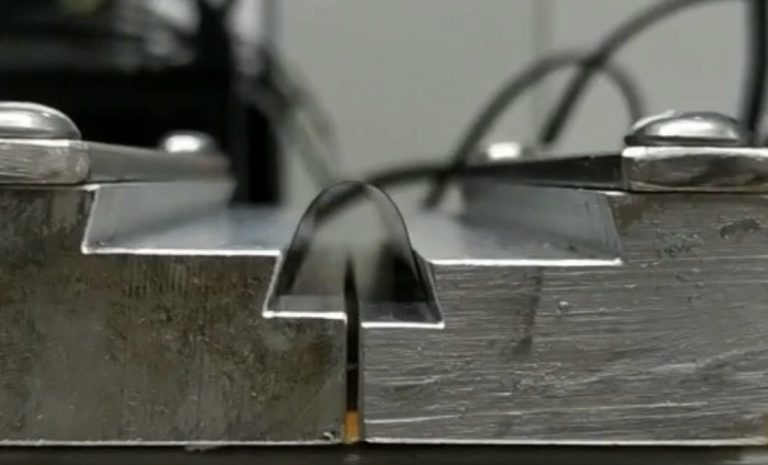Surface Photovoltage Spectroscopy (SPV)
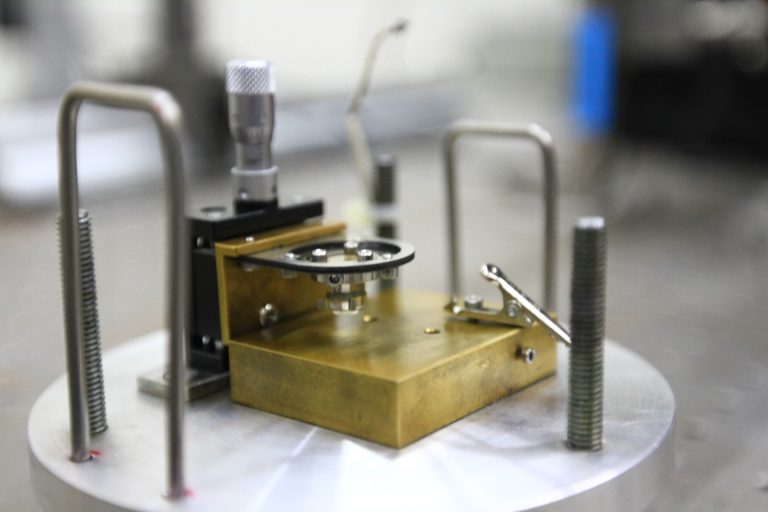
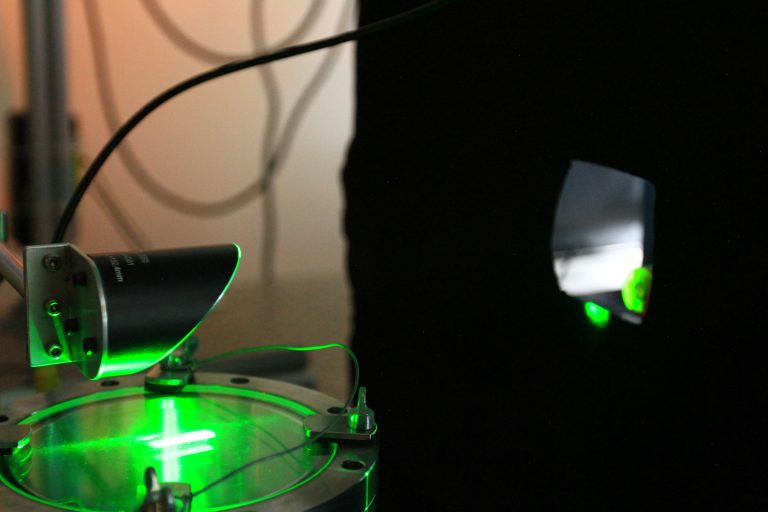
Surface photovoltage spectroscopy (SPV) utilizing a capacitive setup is employed to investigate the photo-induced charge separation and charge transport in materials under examination. SPV spectral analysis yields insights about the semiconductor type, the initial energy required, the orientation of charge separation, and the presence of defect states within the band gap.
Atomic Layer Deposition (ALD)
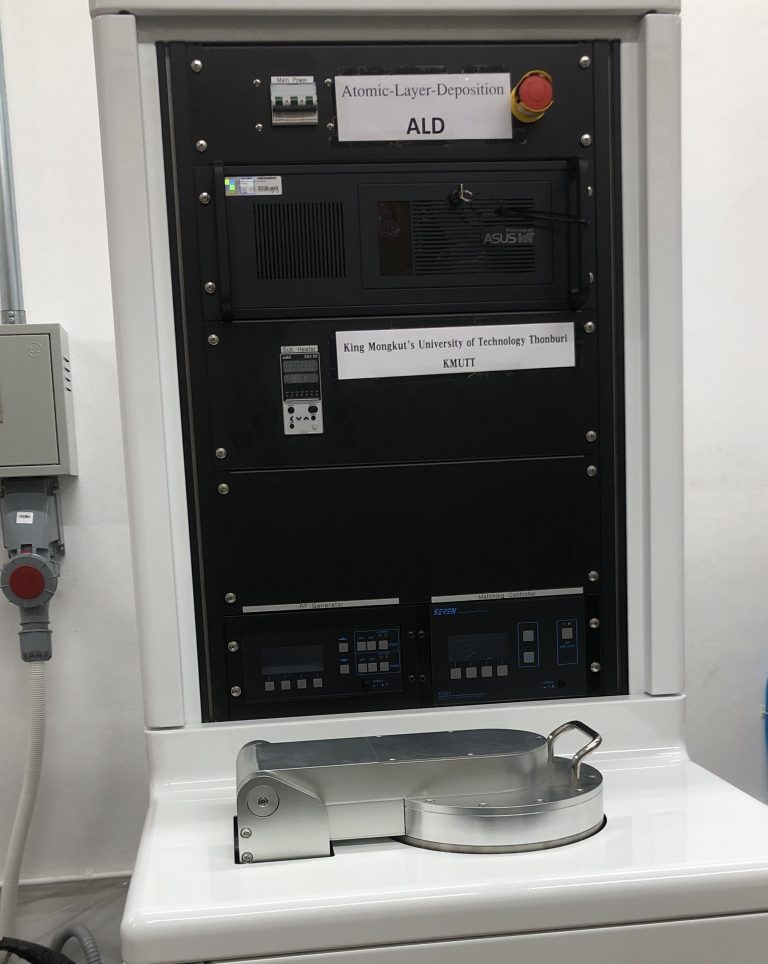
X-Ray Diffraction (XRD)

RF-DC sputtering system
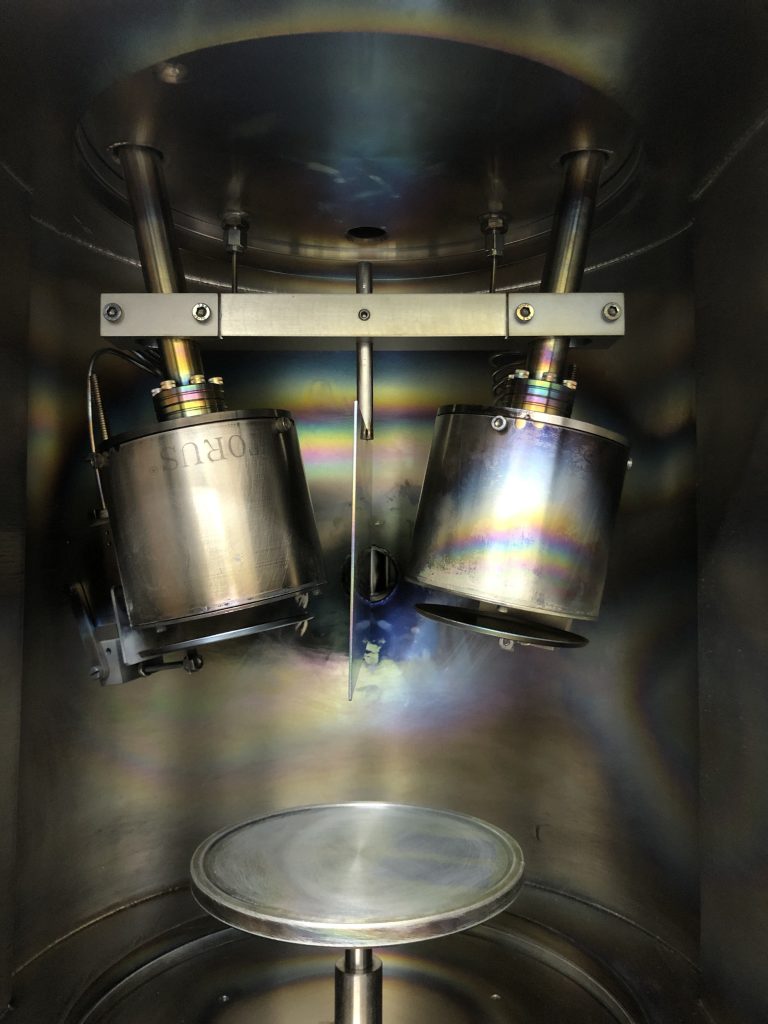
Electron-Beam Deposition (E-beam)

E-beam (electron beam) deposition is a process used in the fabrication of thin films, including those for perovskite solar cells. For perovskite solar cells, materials like TiO2 or SnO2 or NiOx are commonly used for this purpose. The ETL/HTL can be deposited using E-beam evaporation, ensuring a thin, uniform layer.
Thermal Evaporator
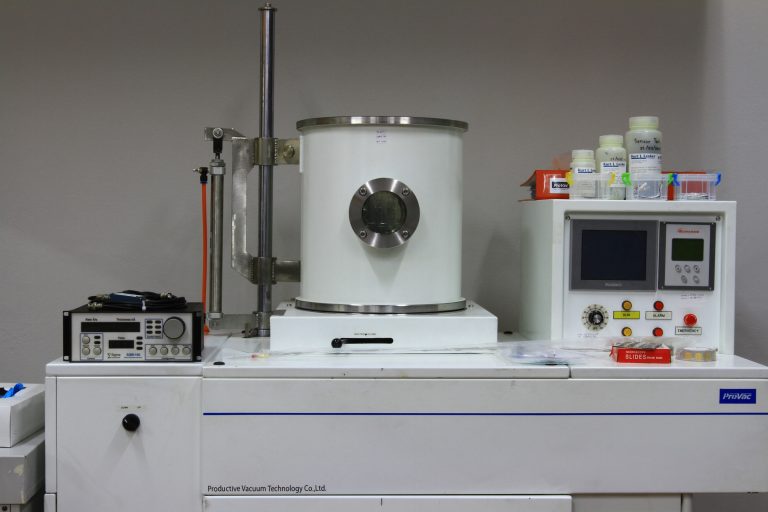
Nitrogen-Purged Glovebox
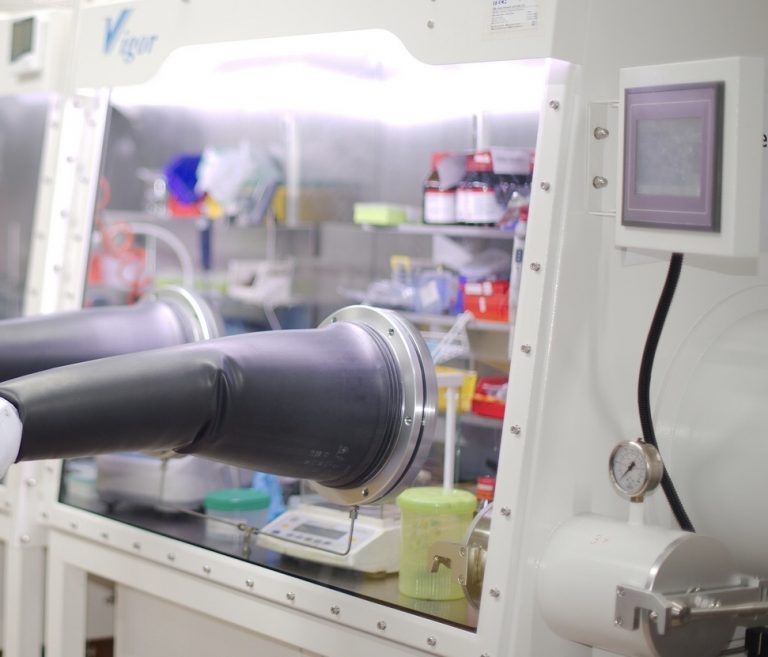
External Quantum Efficiency (EQE)
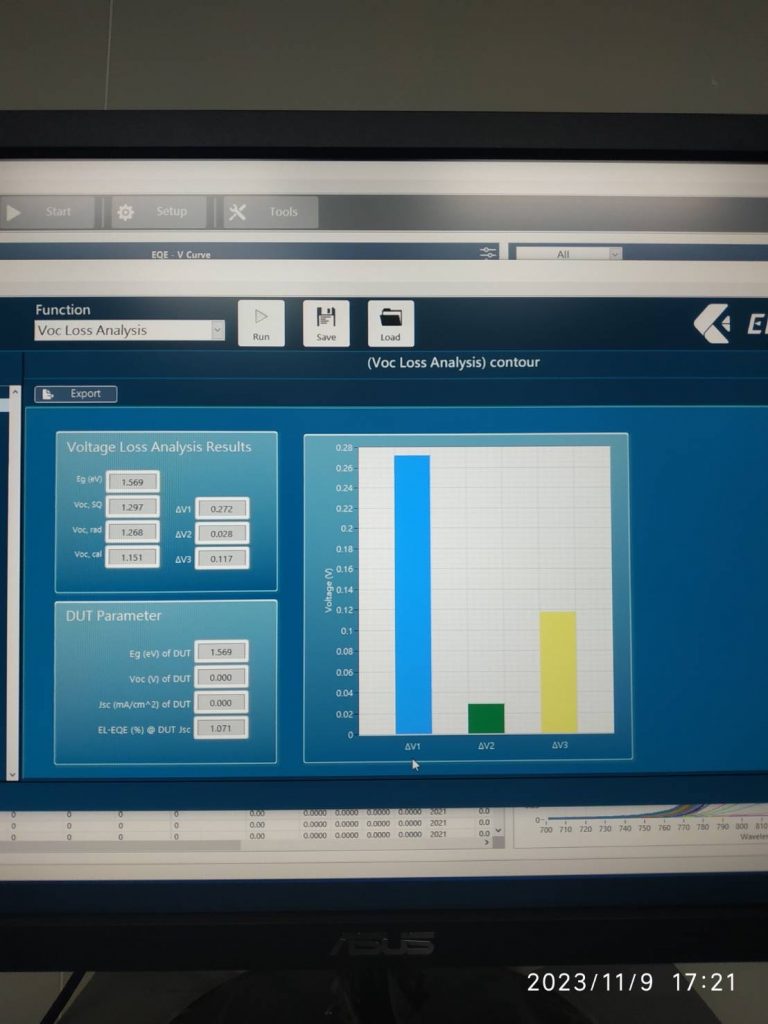
Sun Simulator
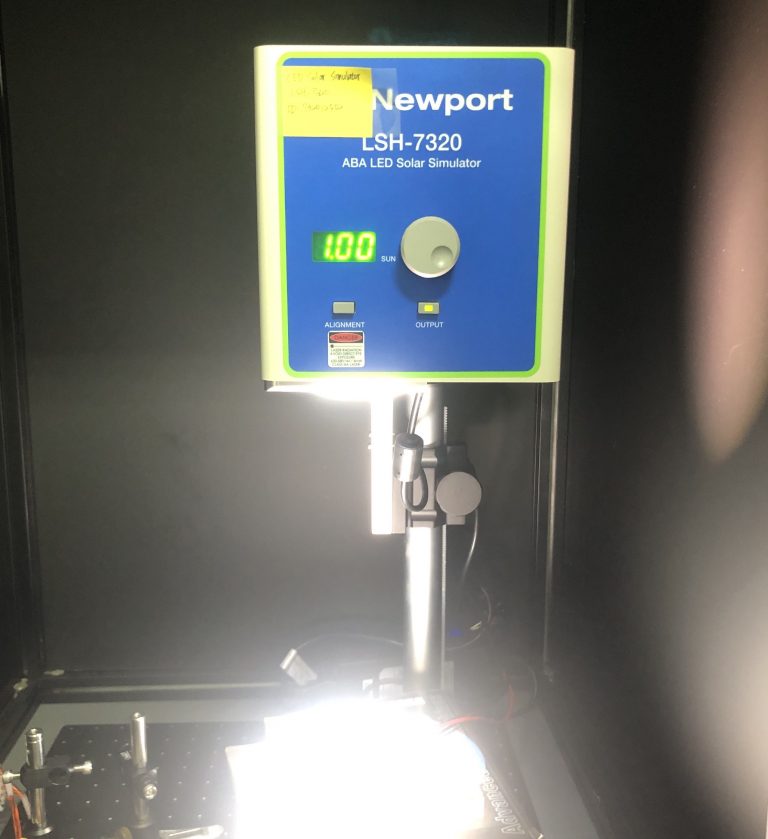
Solar simulators provide a standardized environment to test solar cells. it produces light with a spectrum and intensity that closely match those of the sun, ensuring that the performance of solar cells is measured under consistent and comparable conditions. Solar simulators can be used to test the long-term stability and durability of solar cells by exposing them to continuous, under controlled light. This helps us in understanding how solar cells degrade over time and under different conditions, which is critical for improving their lifespan and performance.
Low-Temp Electrical Measurement
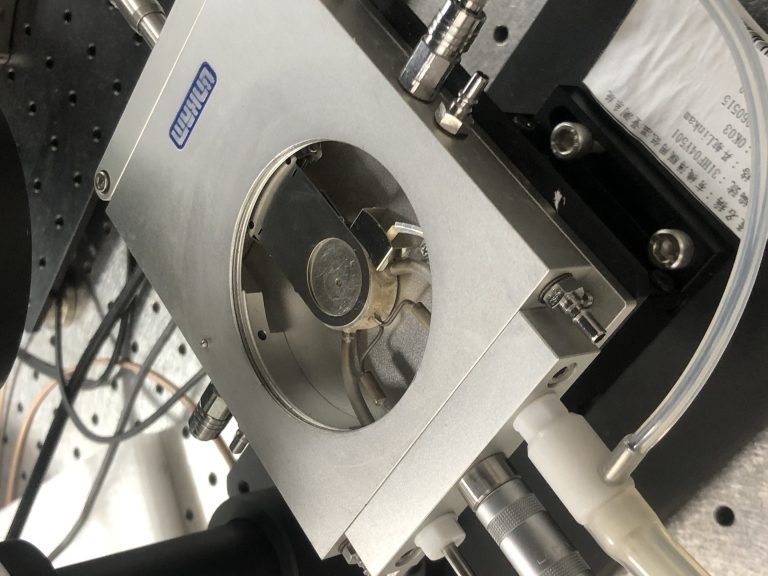
Photo-luminescence (PL) setup
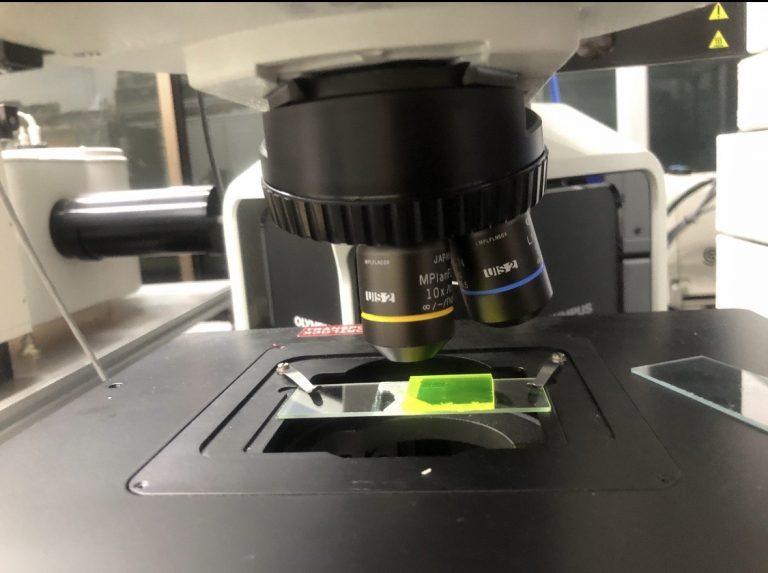
Time-Resolved PL setup
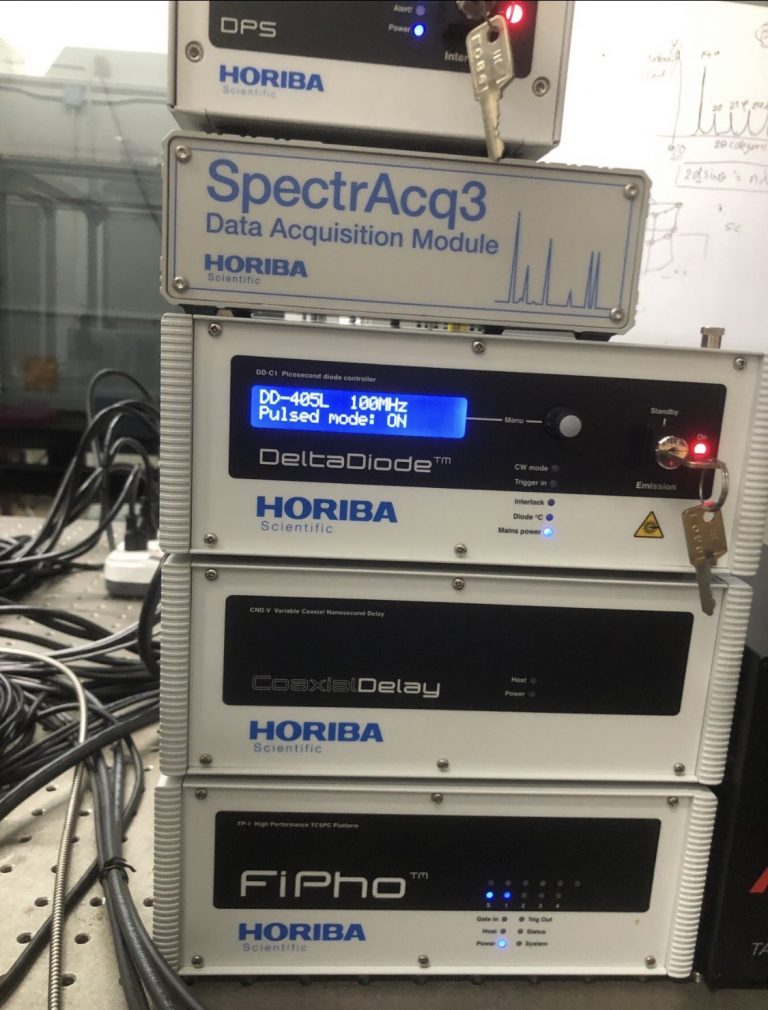
Mechanical Bending Test
